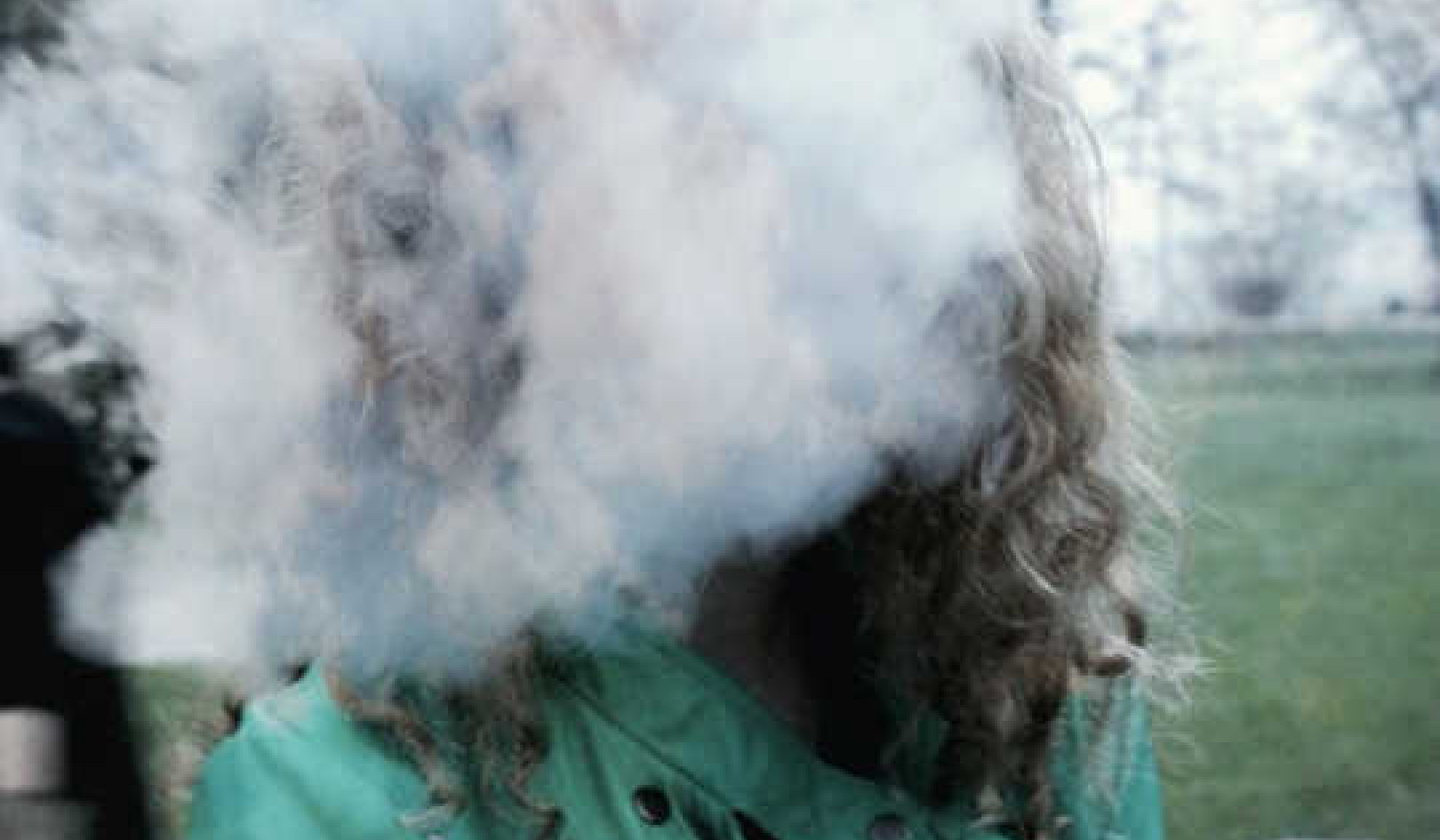
People were more likely to underestimate their own level of drinking, drunkenness, and the associated risks when surrounded by other drunk people, a new study shows. Those people also felt more at risk when surrounded by people who were more sober.
The study finds that while drunk and in drinking environments, people’s perception of their own drunkenness, the excess of their drinking, and the long-term health implications of their drinking behavior were related to how their own drunkenness ranked in comparison to others around them.
“This has very important implications for how we might work to reduce excessive alcohol consumption,” says Professor Simon Moore from Cardiff University. “We could either work to reduce the number of very drunk people in a drinking environment, or we could increase the number of people who are sober. Our theory predicts the latter approach would have greatest impact.”
The study is the first to examine how people judge their own drunkenness and the health consequences of their drinking, while intoxicated, and in real world drinking environments. Previous research only investigated participants while they were sober and in non-drinking environments, relying on the memory of participants to make comparisons between their drinking and that of others. Also, it was previously unclear whether people compared their own levels of intoxication to how intoxicated others actually were or how intoxicated they believed them to be.
“Researchers have historically worked under the assumption that those who drink most alcohol incorrectly ‘imagine’ everyone else also drinks to excess,” says Moore. “It turns out that irrespective of how much someone has drunk, if they observe others who are more drunk than they are, they feel less at risk from drinking more.”
‘How drunk are you right now?’
The researchers tested the breath alcohol concentration (BrAC) of 1,862 individuals, selected from different social groups, who were on average 27 years old. Alcometer tests were conducted between 8pm and 3am on Friday and Saturday evenings in four locations near large numbers of premises that served and sold alcohol.
Gender and location information were used to divide participants into eight reference groups—one group for each gender in each location, based on the assumption that drinkers would compare themselves to others of the same gender in the same location. Individual BrAC levels were ranked within each reference group.
To investigate the relationship between rank and people’s judgments, a sub-set of 400 participants answered four additional rank-based questions about how they perceived their level of drunkenness and the potential health consequences of their drinking: “How drunk are you right now?” “How extreme has your drinking been tonight?” “If you drank as much as you have tonight every week how likely is it that you will damage your health / get liver cirrhosis in the next 15 years?” Respondents with a BrAC of zero were not included in the rank-judgement analyses.
On average, people perceived themselves as moderately drunk and moderately at risk, although their BrAC exceeded standard US and UK drink driving limits (35 micrograms of alcohol in 100 milliliters of breath). Men on average had higher BrAC levels than women.
Making safe choices
The knowledge that people’s decisions on whether or not to drink more may be influenced by their environment and their observation of others around them should inform future alcohol harm-reduction strategies, according to the researchers. However, factors that influence drinkers’ choices about whether or not to keep drinking are complex and only a few may lend themselves to intervention.
This study was observational, so it can increase our understanding of possible links between perceived drunkenness and drinking environments, but it cannot show cause and effect because other factors may play a role. An experimental study would be needed to show a cause and effect.
The study may be limited by the assumption that people in the same environment who are drinking influence each other, even though most of the people within the eight groups studied here are unlikely to have a social relationship. The researchers suggest further investigation into the influences of more immediate social groups on drinking perception.
The study appears in BMC Public Health.
Source: Cardiff University
Related Books
at InnerSelf Market and Amazon

























